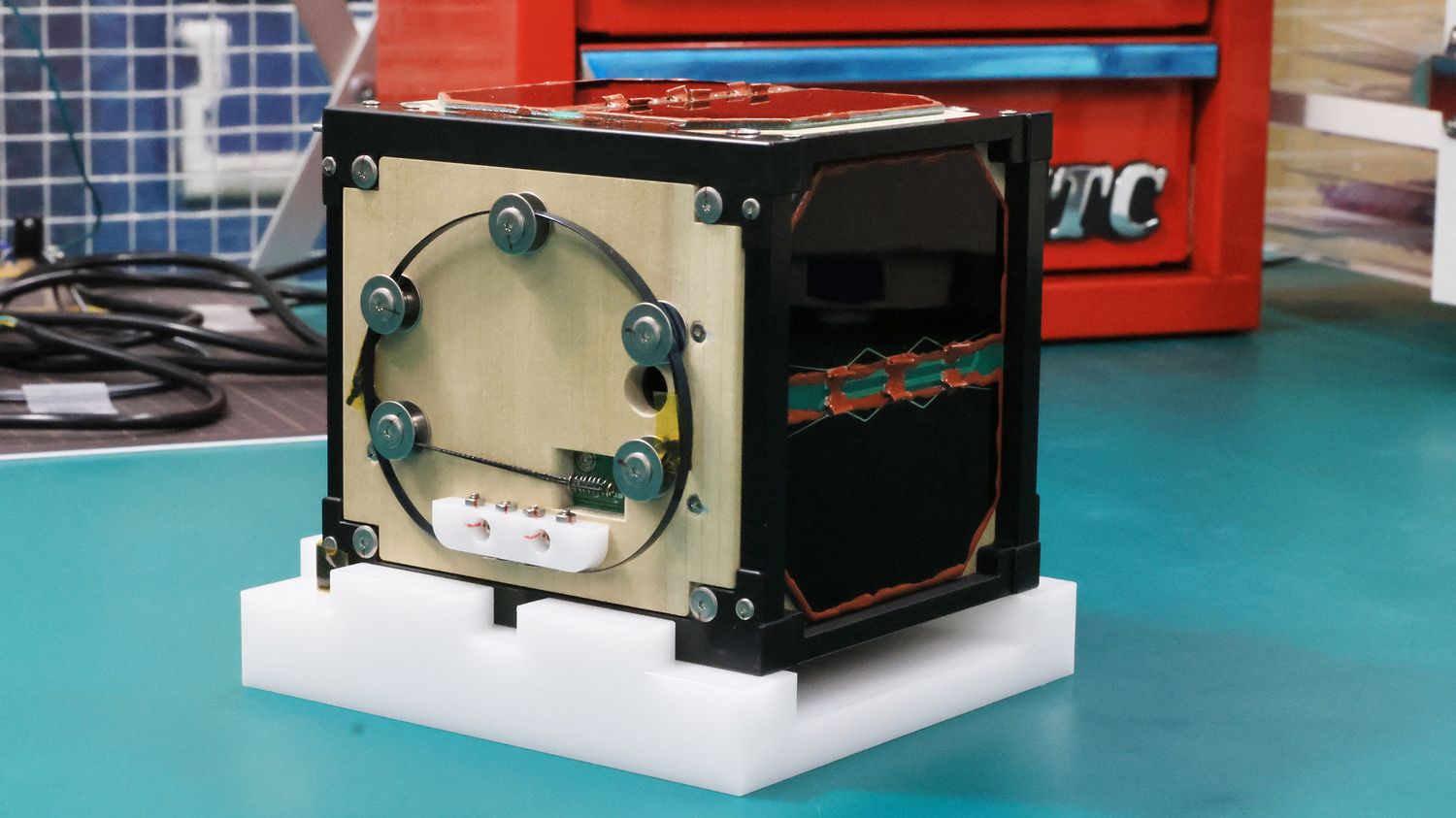The reason is ecological, satellites don’t last forever and debris risks degrading the ozone layer. While these satellites of magnolia wood, developed by Japanese researchers, will burn completely, without leaving any harmful residue.
A new generation of satellites is about to be launched. Satellites of a new kind made entirely, not of metal or plastic as usual, but of magnolia wood. The first in the world, called Lignosat, was recently assembled by the Japanese start-up Sumitomo Forestry and researchers from the University of Tokyo. It will be put into orbit in September by a SpaceX launcher. Why make it out of wood? For ecological reasons.
Satellites don’t last forever at the end of their life, they are destroyed by sending them to burn up in the atmosphere. Problem: some pieces can sometimes fall back to Earth, which can be dangerous. But most of all, when they burn in the atmosphere, their metal shell releases particles, especially aluminum, that can end up damaging the ozone layer. While with a wooden satellite, we are sure that it will burn completely, without leaving harmful residues (CO2 presents less heating problems in the upper layers of the atmosphere).
A priori, the satellite will also be immune to space temperatures. Several species of wood have already been tested on the International Space Station. This also made it possible to select magnolia for its resistance. In space, temperatures can vary between -120 °C in the shade and +150 °C in direct sunlight. The sending of this first satellite will therefore be an opportunity to verify that it is able to withstand extreme temperature changes.
Another advantage of wood is that, unlike metal, it does not block electromagnetic waves. We can therefore keep the antennas inside the casing. No need for articulated arms or shielding, simplifying design. The experiment should therefore be closely monitored. Because if it works, wood could well become the norm on future satellites.
This satellite pollution is, today, laughable. But a study by the World Economic Forum estimates that over the next decade, 990 satellites should be launched each year. In particular to strengthen Starlink-type megaconstellations. Everyone will eventually, at some point, fall back into the atmosphere, so we might as well anticipate.

